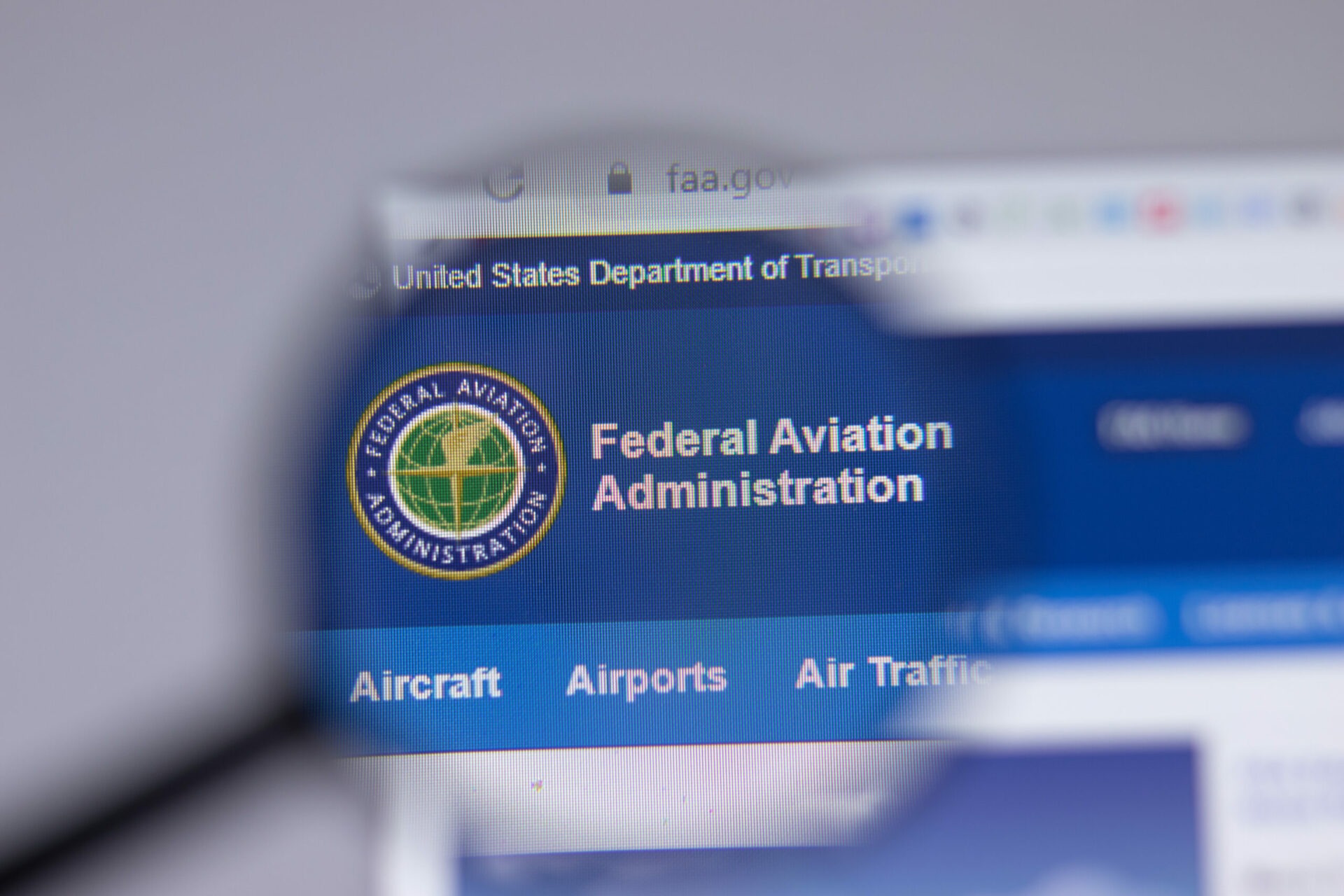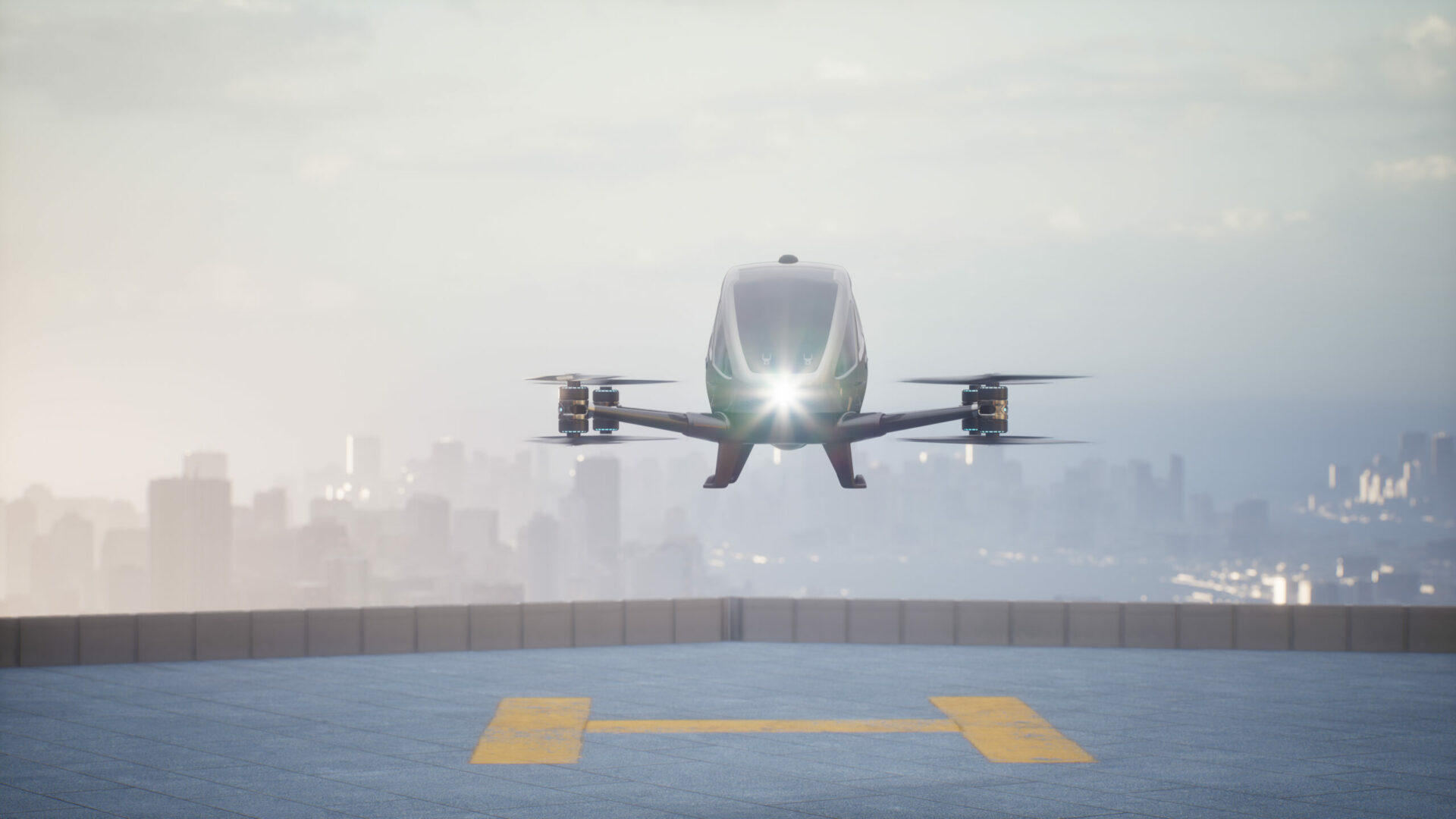Written By: Mike Ingram, President & CEO

Certification is the elephant in the room whenever there are negotiations with our Shadin Avionics customers. When they hear the price for a program and it’s 2-3x their expectations, the majority of it is due to the certification costs. Arguably, these additional costs have nothing to do with creating a better product. Shadin has been certifying avionics for 4 decades, so we know what we are doing. Customers – make sure you are not tempted by the company that is lower cost that doesn’t have the certification FAA and/or EASA pedigree.

This blog is going to be a 3-part series on how to certify avionics. What is written is not the only way to certify, but it’s how I have done it and it’s very close to how Shadin certifies their products. Shadin has experience with 70+ TSOs, tons of STCs, and a long list of PMAs, so take note if you want to understand the process. (I put the fuel flow transducer photo to highlight the cert label pedigree) I’ll be taking some excerpts from my past blog, pre-Shadin, so if it sounds familiar then you will know why.
Almost all people are enamored with flight, whether it’s watching a hummingbird, a small airplane, an eVTOL, a drone, or a rocket going to space, whatever it is, we stop what we are doing to watch. Most people want to fly themselves but at what risk? When your feet leave the ground, you are taking a calculated risk that they will return to the ground safely. This risk of safely landing, obviously in an airplane, is why airplanes need to be certified. A ton of complex work is performed to calculate airplane safety based on the lowest risk. But this assessment determines a ‘failure rate’ since nothing is 100% safe. The safety assessment process also enables architectures to be designed to be at a certain safety level based on the airplane type. For example, an Airbus A350 has higher safety requirements than a Cessna C172.

Avionics development would be a lot more fun you didn’t have to certify. Estimates are that the development is 10 to 20 percent of the schedule and cost of an avionics program. The most cost is from writing requirements, testing, airplane integration, flight testing, documentation, and certification – ouch! As you increase aircraft size and passengers, so increases the difficulty and the amount of work…
On a scale from 1 to 10 for how difficult avionics certification is, most would agree with the following:
1 – Experimental aircraft
3 – Part 23, Class 1 and 2 (single engine piston and light turboprops)
4 – Part 23, Class 3, Part 27 Helicopters
7 – Part 23, Class 4 and Part 25 business jets, Part 29 Helicopters
10 (maybe 11) – Part 25, Air Transport
Note: eVTOLs will likely be between 4 and 10 (lately I would say closer to 10). The industry has FAA/EASA guidance but no eVTOLs have been certified yet so it’s hard to guess the difficulty of certification.

It is very important to define your plan up front before starting the work. Know what the customer needs for a certification level, or Design Assurance Level (DAL), what environmental levels (DO-160), and the general architecture needed considering items like redundancy or dissimilarity. Knowing these parameters helps to define the amount of work needed for testing, especially for code coverage and documentation.
I’ll leave blog 1 of 3 with this recommendation, define as much as possible during the pursuit and proposal process so that both sides understand the requirements and can estimate the costs appropriately. We have all been in programs that miss this alignment and re-negotiations, especially around price, really suck.
